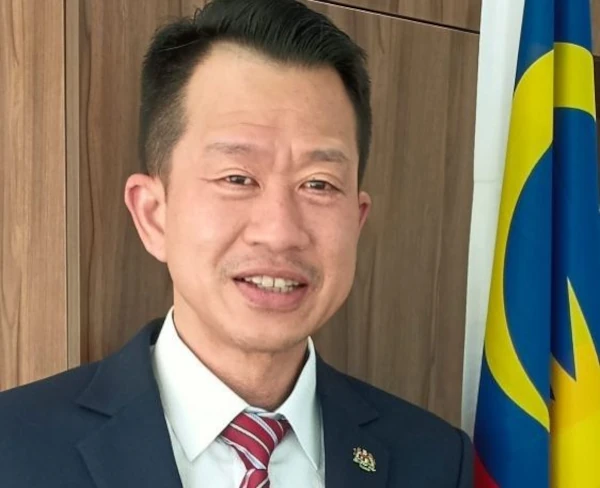27 August 2021
A shortened approach path for incoming aircraft which promises a shorter flight time and fuel savings will soon be allowed at the Kuala Lumpur International Airport (KLIA).
Civil Aviation Authority of Malaysia (CAAM) CEO Capt Chester Voo said they had proposed a more direct approach into KLIA as the airspace is much less cluttered during the Covid-19 pandemic.
“This shortening of the distance by six nautical miles (10km) will lead to a shorter time in the air, and less fuel burn,” said Capt Voo who was one of two panellists in an online workshop, co-organised with Malaysia Airlines (MAS), on how the aviation industry is coping with Covid-19.
MAS was represented by its group chief operating officer, Ahmad Luqman Mohd Azmi, who estimated the shortening of the descent path to KLIA may lead to savings of around RM120 per landing, depending on aircraft type and load.

During pre-Covid days, commercial aircraft approaching KLIA will have to follow a more circuitous route to ensure adequate physical separation between aircraft that are taking off and landing.
Capt Voo said the new descent path will be published by CAAM in October before it is disseminated to the global aviation community.
“It is the duty of the air traffic controllers to make better options available, and during the pandemic, to provide the option of the shortest possible route during off-peak hours,” he said.
He also said various online meetings that replaced face-to-face engagements with industry stakeholders has been just as good, if not more productive.
“As we transition towards more video conferencing, we managed to got more details and evidence, and we met the industry stakeholders even more compared to pre-Covid times,” said Capt Voo, who revealed that CAAM’s focus is also on ensuring staff well-being (including at the various airlines) as that has a significant bearing on boosting the culture of safety.
“We are looking closely at mental health and well-being, going beyond technology and rules. We are sharing the message that the leadership has to go to the ground to understand those working under them with a lot of compassion.
“Fostering what is beyond the requirement of regulations will further enhance aviation safety when people are in a good state of mental health,” he added.
On CAAM’s journey towards regaining its status as Category One regulator, a status it lost in November 2019, Capt Voo said all the 33 areas of concern highlighted by the United States Federal Aviation Administration (FAA) has been attended to, and CAAM will be ready to be audited by Sept 30.
“However, the actual re-audit will depend a lot on several factors, such as the reopening of borders, and this is dependent on how the pandemic plays out.
“CAAM and FAA have been meeting on a monthly basis (since Voo took over as CAAM CEO in June 2020), and they have been constantly updated on the state of our preparations,” said Capt Voo.
He added that CAAM has also been working on simplifying more processes by using technology, such as moving to e-licensing to cut time and paperwork, without compromising safety.
“This can be done without taking away key requirements such as medical checks to ensure fitness to fly, along with (flight) simulator checks, and other critical things needed for (air crew) recertification,” he said.
On coping with Covid-19, Capt Voo said Malaysia is fully compliant with the requirements of the International Civil Aviation Organisation’s Council Aviation Recovery Taskforce (CART).
CART aims to provide guidance to governments and industry operators to restart air travel in a Covid-19 era by implementing measures to keep disease transmission at bay, while ensuring safety and security.
Source: www.thestar.com.my
Site Search
Did you find what you are looking for? Try out the enhanced Google Search: